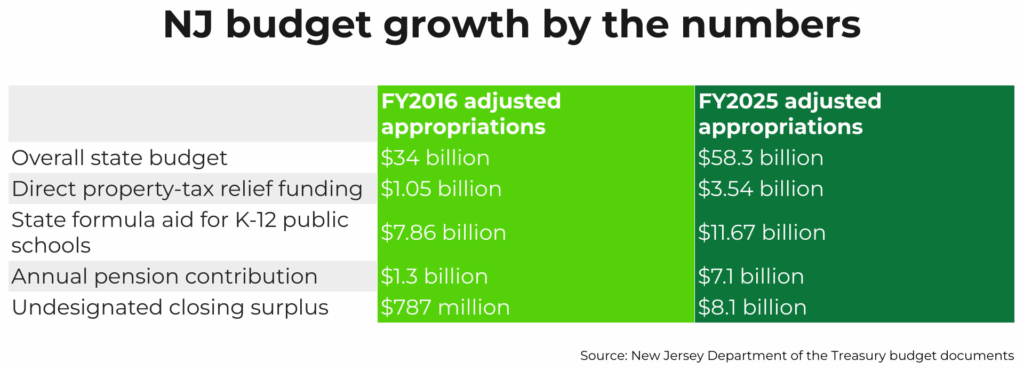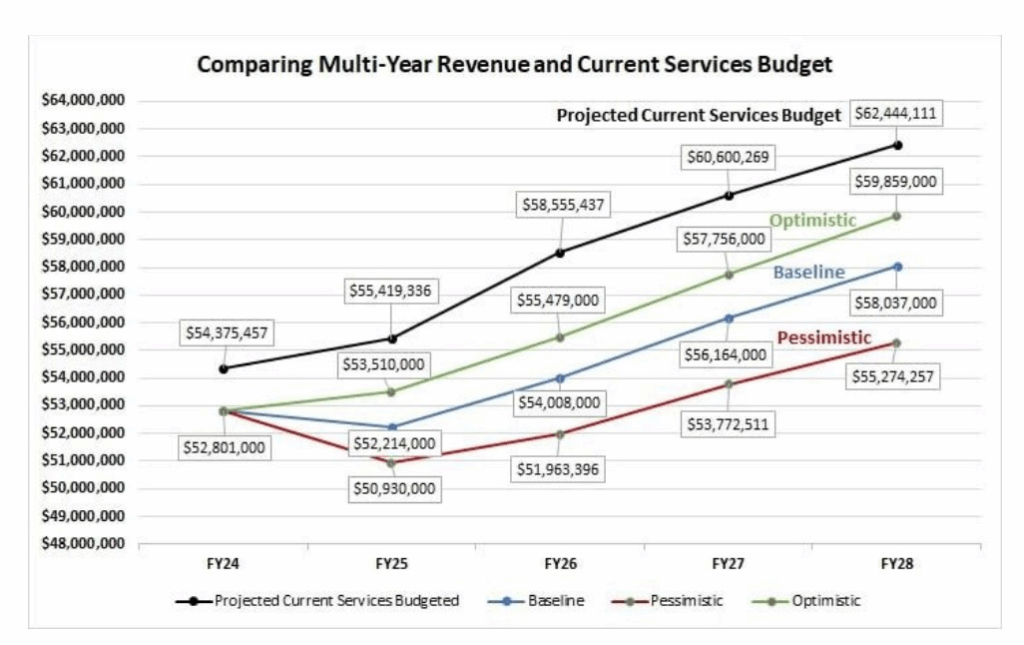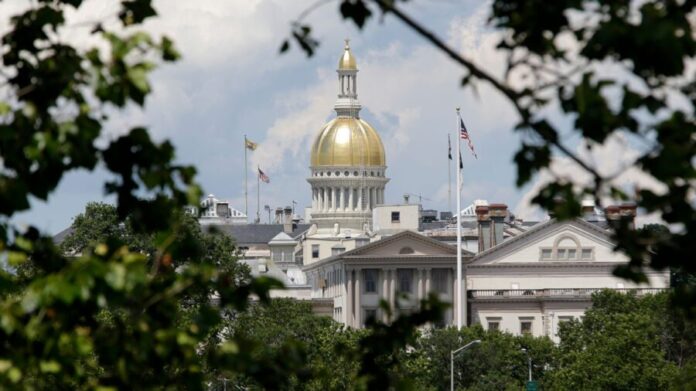New Jersey has recently passed its newest state budget, a record-setting $59 billion plan that includes significant increases in spending and a series of tax adjustments. While the budget aims to address various statewide needs, its formation has sparked considerable discussion, particularly concerning transparency and the allocation of funds for what are often referred to as “Christmas tree items.”
These “Christmas tree items,” or legislative add-ons, are hundreds of millions of dollars in spending inserted into the budget with limited public discussion and often with few specific details. This year, Democrats, who hold the majority in both the Senate and Assembly, added an additional $728 million to Governor Phil Murphy’s initial budget proposal, alongside $1 billion in new tax increases to support the overall record spending.

Unpacking the “Christmas Tree” Additions
While there isn’t one official definition for these “pork” projects, they typically encompass over 500 individual line items directed towards local governments and various organizations. These can include towns, counties, and even school districts, many of which are represented by legislative leaders. This additional spending was introduced and approved by committees in the Senate and Assembly in the late hours before the budget was signed into law by Governor Murphy.
The range of these additions is broad, from a modest $20,000 for a fire museum upgrade in Logan Township to a substantial $20 million for Atlantic Health System’s mobile health training center. Funds have also been allocated for sports programs, groups assisting those facing homelessness or food insecurity, cultural organizations, senior citizen centers, and health-focused initiatives.
Concerns Over Transparency and Affordability

Despite these projects often serving worthy causes, the process by which they are added to the budget has drawn criticism for its lack of transparency. Experts point out that it’s challenging for the public to understand where these funds are truly going, as most resolutions provide only a basic name of an organization or town and a brief, often vague, description of the purpose.
For instance, Middlesex County received $9 million for “Parks and Recreation Youth Sports Infrastructure,” and the Middlesex County Improvement Authority was allocated another $9 million for “Educational Infrastructure.” While the exact origin of these requests remains unclear, Assembly Speaker Craig Coughlin, a prominent figure in the lower house, represents a portion of Middlesex County. His hometown of Woodbridge also saw an additional $3 million for “Capital Improvements,” on top of a $1 million allocation initially proposed by the Governor.
Under legislative rules, a lawmaker proposing a budget change is supposed to submit a resolution detailing the request, its reason, and any relationship with the recipient. However, in recent years, these resolutions have not been made public until well after the budget’s passage, sometimes weeks later, and even then, they often lack critical details or explanations.
The timing of these additions is also a point of contention. With potential billions in federal funding cuts looming for crucial programs like food aid and Medicaid, some are questioning the state’s ability to afford these legislative add-ons. Concerns have been raised that this was supposed to be a “tighten our belts” year, yet the state chose not to expand programs designed to make life more affordable for struggling families, such as the child tax credit.
A Divisive Debate
The budgetary process has led to sharp exchanges between political parties. Senator Declan O’Scanlon (R-Monmouth) criticized the current administration for what he views as fiscal irresponsibility, citing a structural deficit of approximately $1.5 billion, meaning the state is projected to spend more than it takes in. He likened the last-minute budget additions to a “bloody pig carcass lowered into a vat of voracious sharks,” emphasizing the lack of transparency and accountability.
However, Senator Paul Sarlo (D-Bergen) defended the process, asserting that lawmakers listened to constituents and those who provided testimony during public hearings. He noted that some of the additions were crucial for restoring cuts to vital programs addressing domestic violence, mental health, and food insecurity, which were initially proposed by the Governor. Sarlo, who is also the mayor of Wood-Ridge, saw his school district receive $9.5 million for “Capital Improvements” in the new budget, building on $12.5 million from the previous fiscal year.
Ultimately, the new state budget reflects a complex interplay of political priorities, constituent needs, and financial realities. As New Jersey navigates its fiscal future, the discussions around transparency, accountability, and the allocation of public funds will undoubtedly continue to shape the state’s political landscape.
For further insights into New Jersey’s political landscape and how these decisions impact residents, explore our politics section.











